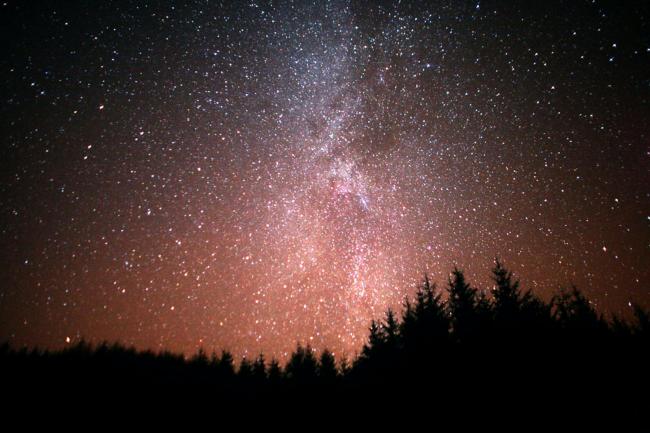Stargazers in York and North Yorkshire can spot a bright light in the sky days before Christmas, similar to what is said to have led the Three Wise Men to the nativity scene, according to the astronomer.
Saturn and Jupiter will come as close as they have been for hundreds of years, creating what the researcher described as “an amazing event in the sky” on Monday – which also happened to be the winter solstice.
While conjunctions – where objects appear so close together in the sky – are not rare, this will be “exceptionally close” – the closest since 1623, Professor Michael Burton said.
The director of the tallest astronomical observatory in the British Isles said that the two largest planets in the solar system will be only 0.1 degrees away, one-fifth of the diameter of the full moon, and together they appear as the brightest object in the sky. .
Professor Burton said: “When it happened, it was in the daytime sky, so people wouldn’t have seen it because it was going to be so light.
“The last one that was actually in good position to see was 1226, so we’re going to go back 800 years to the last year that would have been seen in the dark sky.”
The astronomer at the Armagh Planetarium and Observatory in Northern Ireland said the pairing is one possibility for what has become known as the Christmas star from the story of the birth of Jesus.
He said, “Certainly one of the possibilities is maybe two planets coming together.
“The whole question of what a Christmas star could be is a very exciting question in itself.
“Whether it was a coupling, whether it was guilty, or it was a supernova. Nobody actually knows what it was.”
The brightness of the sky expected on Dec. 21 is “one possibility of what was seen 2,000 years ago,” he said.
The advice for avid star-watchers is to look southwest as soon as possible after sunset, with the best time between 4.30pm and 6pm, and while a telescope or binoculars help, the phenomenon will be visible with the naked eye – weather permitting.
The Royal Astronomical Society advised people to find a line of sight without tall buildings or trees blocking the view.
He said, “With the eye, a pair (of planets) will appear as two bright points of light. Binoculars will show these as slightly larger points: viewers may also be able to identify the four largest moons of Jupiter, and possibly Saturn’s largest moon, Titan.”
“With a small telescope, the two planets will be in the same field of view, which is an extremely rare event, and Jupiter’s clouds and rings should be clear.”
The Bureau of Meteorology forecasts rainfall for Monday, and said the chance for clear skies is greater in the northern half of the UK.
Even in bad weather, the Royal Astronomical Society said not all was lost because “the two planets appear to be diverging very slowly, and will remain unusually close in the following days.”

“Music specialist. Pop culture trailblazer. Problem solver. Internet advocate.”







